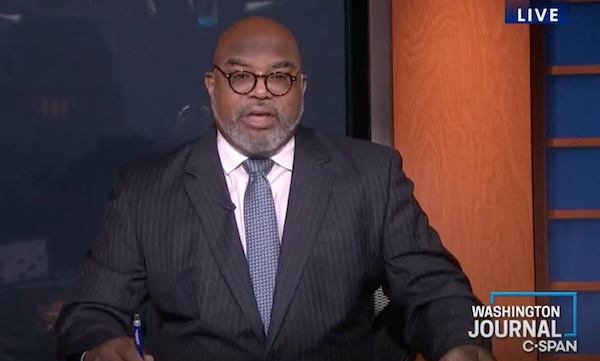 When is it news when nothing much changes? When the lack of change signals little to no progress in making broadcast newsrooms more diverse.
When is it news when nothing much changes? When the lack of change signals little to no progress in making broadcast newsrooms more diverse.
The latest research from Hofstra University’s Bob Papper, produced for RTDNA, says the percentage of minorities employed in radio and TV newsrooms was up this year, but only slightly. The bigger picture is even more discouraging. Over the past two decades, the percentage of minorities in TV news hasn’t increased much at all–from just under 18% in 1990 to just over 20% last year.
In the last 21 years, the minority population in the U.S. has risen 9.5 percent; but the minority workforce in TV news is up 2.7 percent, and the minority workforce in radio is actually down from what it was two decades ago.
Women have made up about 40% of the TV workforce for the past decade and that didn’t change much this year, either. What did change was that the percentage of women in the newsroom varied more by market size, with smaller markets employing noticeably more women than larger markets–almost 6% more. Papper says he’s not willing to call it a trend yet, but he has a couple of ideas as to why the gap might be widening:
It could be that women were more likely to lose their jobs in the economic downtown and job cuts in 2008 and 2009. Alternatively, more women could simply be leaving the business, either due to the growth of one-man-bands and equipment hauling issues or because of the generally family-unfriendly nature of the business.
A look at the details behind the overall numbers is revealing. The RTDNA/Hofstra survey finds the percentage of minority TV news directors, while still quite small, has grown substantially in the past five years for most but not all minorities. The percentage of African-American and Asian-American TV news directors has doubled. But the percentage of Hispanic TV news directors has dropped sharply, from 9.3% in 2008 to 6.5% this year. And the overall percentage of Hispanics working in TV news declined by a similar amount.
The survey goes to both English and Spanish-language stations and Papper guesses the fluctuation may have more to do with who returns the survey than an actual decline in numbers. But based on a new study on Hispanic media, it might be expected that the numbers would actually have increased. The report from the Project for Excellence in Journalism notes that Univision and Telemundo, the two largest Spanish-language networks, have expanded their news offerings, both nationally and locally. In May, the local Univision newscast in New York won the demos at 6 pm and came in second at 11. It stands to reason that these outlets may be hiring more Hispanics, but that just doesn’t show up in the RTDNA data. Puzzling, to say the least.








